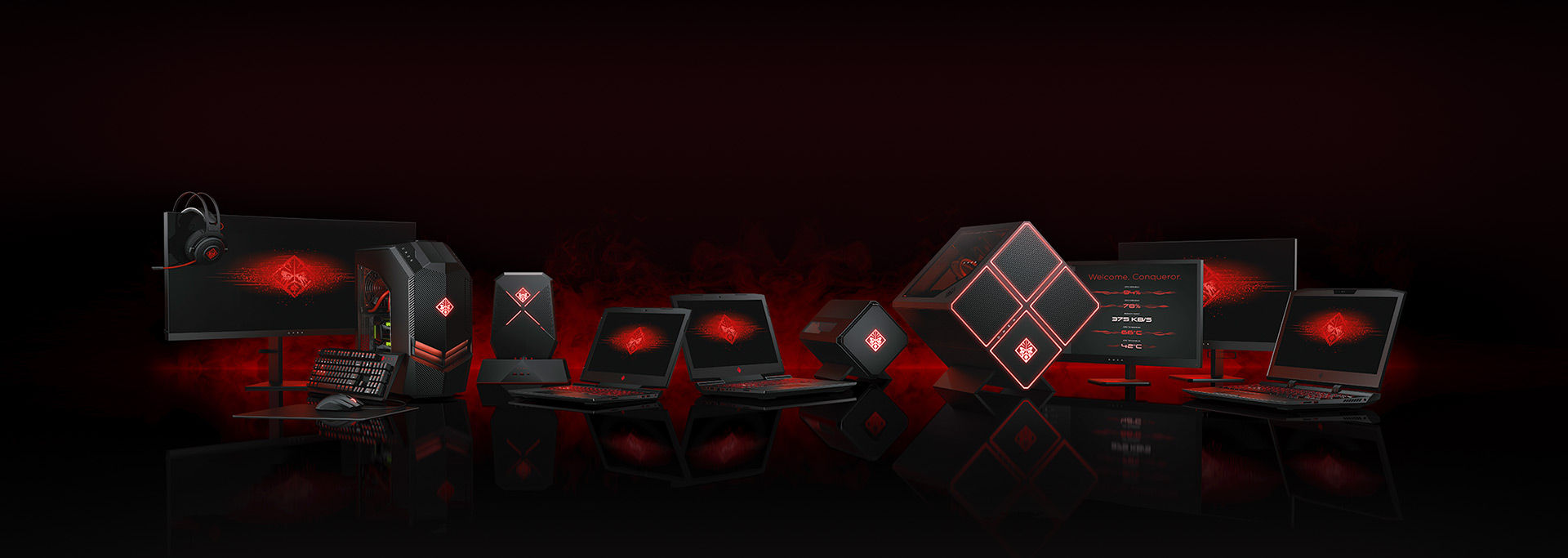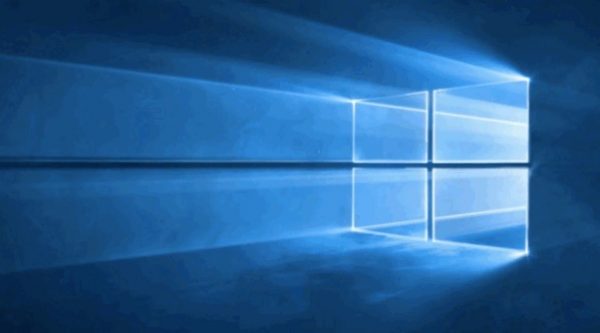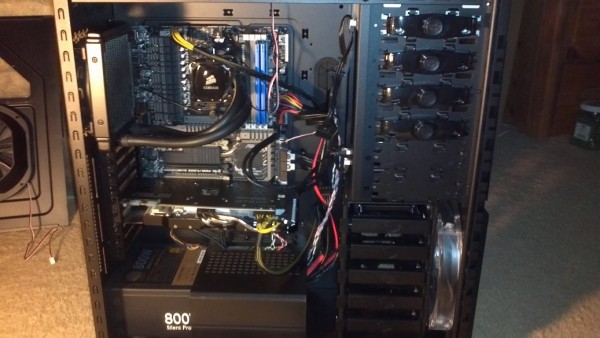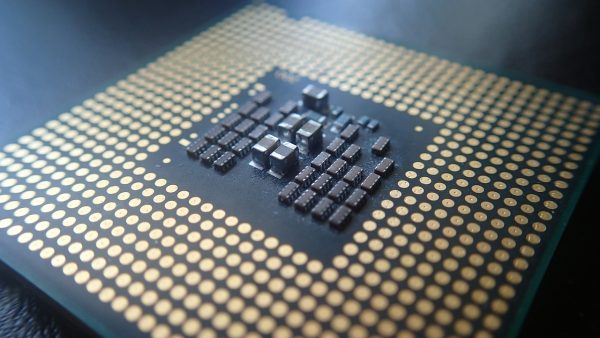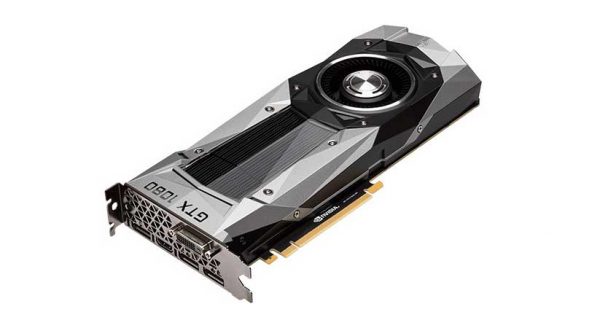Now is the best time to get into PC gaming, but you might feel overwhelmed with all the options. Here’s a few tips on finding the right gaming PC.
Before we jump into what makes the right gaming PC, I want to mention that it’s always cheaper to buy computer parts separately and build your own PC. Of course, this only applies to desktop builds and not laptops. If you do decide to build your own PC, you must do a little bit of research and make sure everything is compatible. Using PC Part Picker will make things a lot easier — until you actually have all the parts and it’s time to build.
Which OS is the Best?
The first thing to choose when making the right gaming PC is the operating system. It’s best to go with Windows because it’s the most compatible with video games. Yes, it’s possible to run a number of games on Mac or Linux, but if you want to play all of them, go with Windows. Which version of Windows? Some say Windows 7, while others say Windows 10. I recommend going with Windows 10. That way you will be up to date when playing the latest games and using the latest drivers.
Necessary Hardware Choices
Now for the tough choices: the hardware. Honestly, a lot of the stuff is easy to choose, as it must be compatible with each other and reach a minimum requirement. DDR3 or DDR4 RAM? Depends on the motherboard and CPU. How much? Usually a minimum of 8 GB. How big of a power supply? Depends on the rest of your components. The real choices you need to make are which CPU and which GPU to get.
The CPU (central processing unit) is the piece of hardware that handles most of the tasks a computer does. The two top CPU players are Intel and AMD. AMD is often on the cheaper ends of things, but they aren’t as energy efficient or on equal grounds to Intel. If you get a dual core AMD CPU, chances are it’s not equal to a dual core Intel CPU. With that being said, you don’t need the best or most expensive CPU out there to game. The higher end CPUs are for serious tasks that gamers and even video editors probably won’t ever use. A simple i5 CPU from Intel will suffice, but many decide to go with i7s. On the AMD side, the latest Ryzen platform would be the best option. A Ryzen 5 will suffice, but a Ryzen 7 would be best. Don’t even bother looking at the graphical options in CPUs. When building or buying a gaming PC, you’ll need to rely on a dedicated GPU.
The GPU (graphics processing unit), also known as graphics card or video card, is the piece of hardware that video games rely the most on these days. The two top players with GPUs are Nvidia and AMD. AMD is often on the cheaper ends of things, like with their CPUs, but they aren’t as energy efficient as Nvidia. There have also been a lot of complaints about driver updates with AMD compared to Nvidia.
Both AMD and Nvidia often have four tiers of video cards: budget, balanced, enthusiast, and extreme. The choice you make will affect the look and feel of all the games you play. A lower end card might require a game to use a lower video resolution, fewer special effects like detail and lighting, and result in lower frame rate. It depends on both the video game and the GPU.
Budget GPUs are to get your rig up and running. You won’t be able to play the latest games at 4K resolution, but 1080p should work for you as long as some of the options are set to medium or low. The price range is usually $100-$200. Some options are the AMD RX 560 or the Nvidia Geforce GTX 1050 Ti.
Balanced GPUs are middle of the road in terms of price and performance. You might be able to max out a lot of games at 1080p, but don’t expect to go all out at 4K just yet. The price range is usually $300-$400. Some options are the AMD RX 570 / RX Vega 56 or the Nvidia Geforce GTX 1060 / 1070.
Enthusiast GPUs are high end video cards that will max out all graphical options and still give you great frame rate. These are also the best choices for going to 4K gaming. Of course, the price tag is pretty steep. The price range is about $500-$700. Some options are the AMD RX 580 / RX Vega 64 or the Nvidia Geforce GTX 1080 / 1080 Ti.
Extreme GPUs are top of the line cards that aren’t just for gaming. They’re more for developers and editors. The price range is often above $1000, and barely perform better than enthusiast GPUs in gaming. Some options are the AMD Radeon Pro Duo or the various Nvidia Geforce GTX Titans.
I often recommend going with either the balanced or the enthusiast tiers. Some people like using two middle of the road GPUs connected together with SLI or crossfire, but that sort of technology doesn’t work as well as it used to — not like it worked very well to begin with.
Optional Choices
With the necessary stuff out of the way, there’s one optional choice that is worth breaking the bank for: solid state drives (SSD). Hard Disk Drives (HDD) have been the default choice for storage. However, in recent years SSDs have jumped into the mix. Using an SSD for the main drive that holds the operating system, programs, and video games is the absolute best choice these days when building a blazing fast gaming PC. Everything loads and runs incredibly faster when compared to a basic HDD. Of course, the price per gigabyte is a lot more with SSDs and flash memory, so some people go with an SSD for the main drive and a large HDD to store all excess files.
Other choices are mostly aesthetic, such as LED lighting, transparent side doors, and much more. Furthermore, most video games these days are digital, so even a disc drive has become optional.
Another gaming PC option is HP’s line of Omen gaming Desktops and Laptops. I hope this post has made the switch to PC gaming a bit easier. If you have any thoughts, feel free to leave a comment below.

